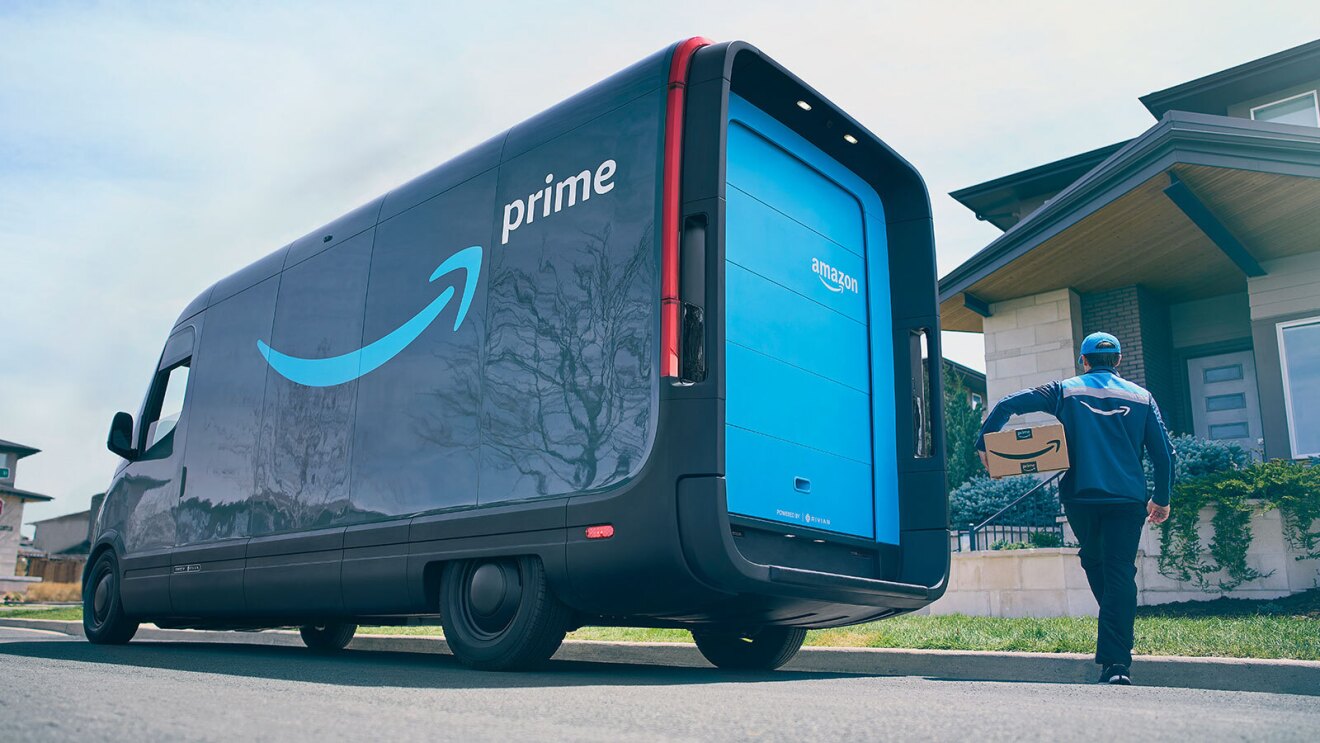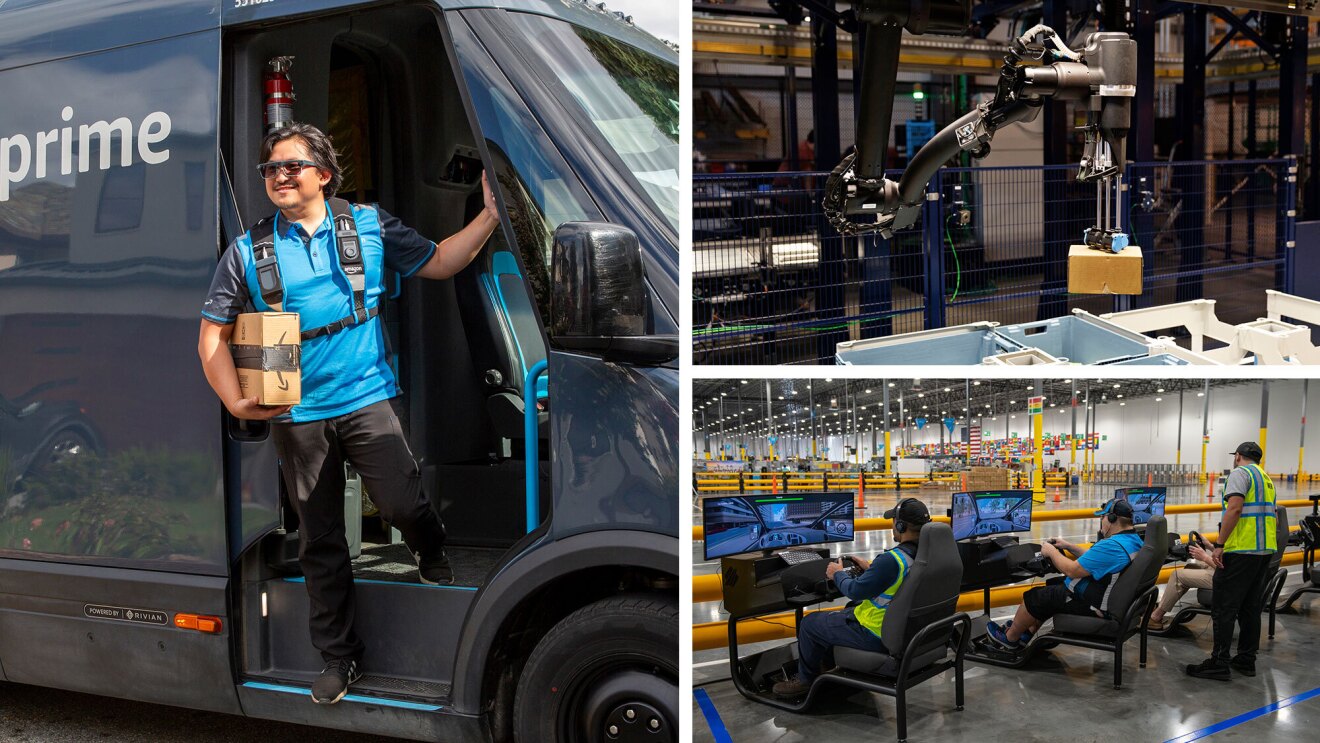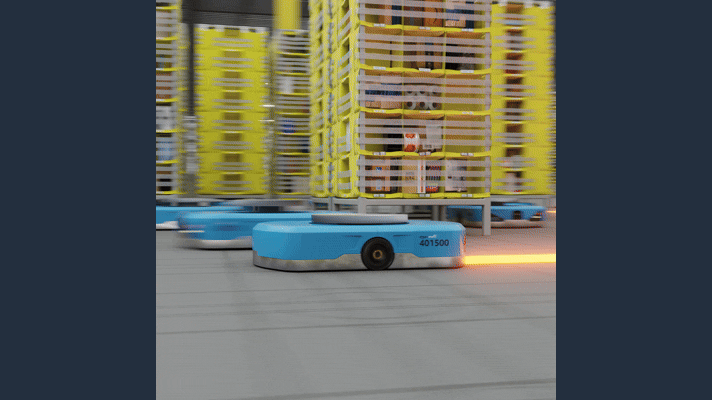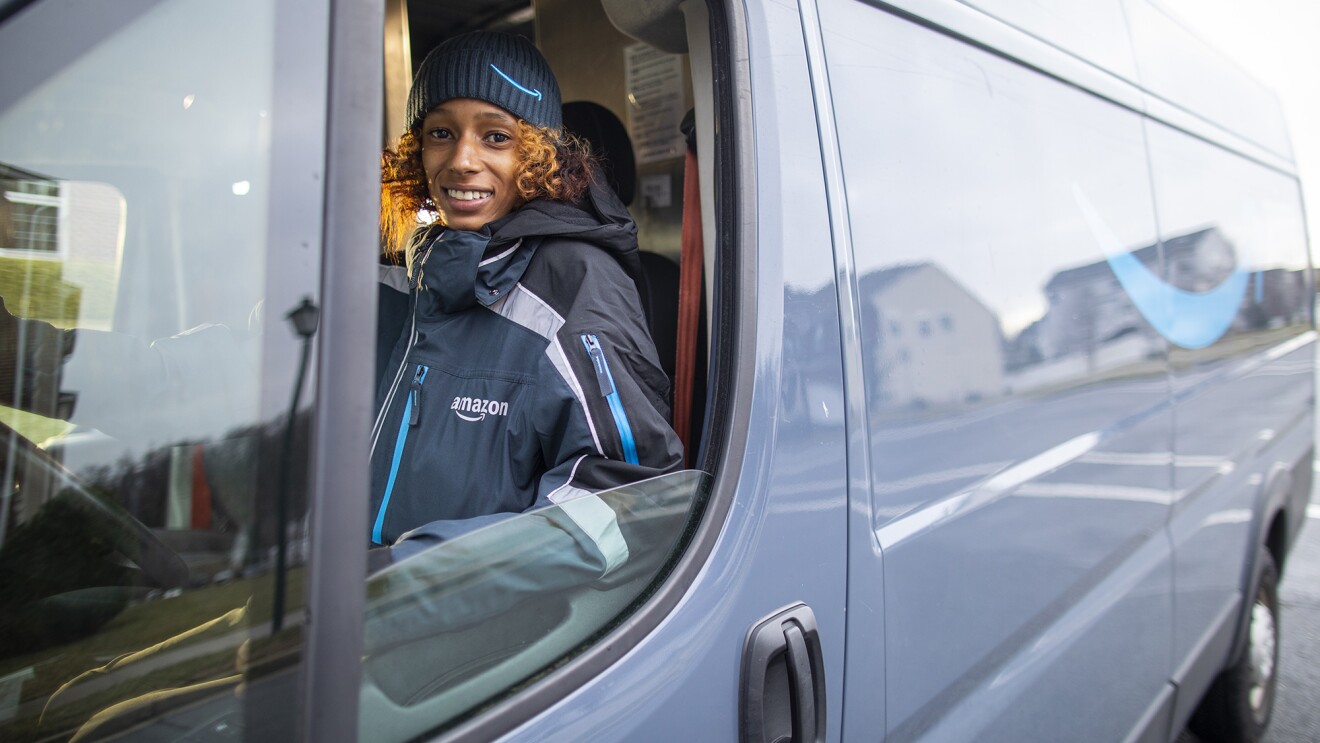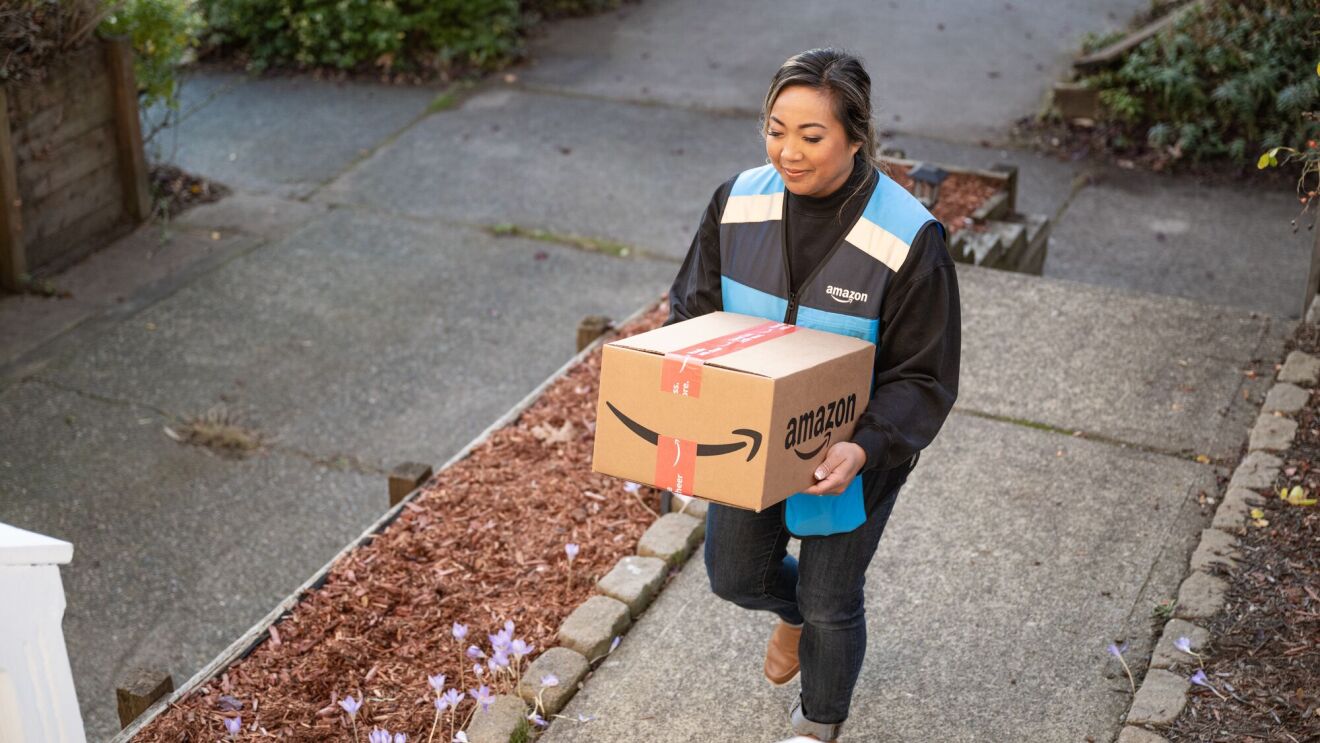When we launched Prime in 2005, the first benefit we announced to members was free Two-Day Shipping (Jeff Bezos called it “all-you-can-eat express shipping”) on 1 million items—a revolutionary innovation at the time that transformed the way many of us shop, my family and me included. Today, Prime is much more expansive and much faster. With more than 300 million items available with free Prime shipping and tens of millions of the most popular items available with free Same-Day or One-Day Delivery, we hit our fastest Prime speeds ever last quarter. Across the top 60 largest U.S. metro areas, more than half of Prime member orders arrived the same or next day. So far this year, we’ve delivered more than 1.8 billion units to U.S. Prime members the same or next day—nearly four times what we delivered at those speeds by this point in 2019.

Prime has grown over the years to include savings, convenience, and entertainment all in a single membership. Members enjoy exclusive deals and shopping events like Prime Day, as well as movies and series, music and podcasts, photo storage, gaming benefits, books and magazines, and prescription and grocery savings. Yet fast and reliable delivery across a wide selection of products remains the cornerstone of our offering and an enduring priority for us. If we continue to invest in improving delivery speeds and an ever-growing product selection, customers will continue to choose Amazon and Prime. We’ve evolved to make customers’ lives better and easier, allowing them to shop for pretty much anything in our store and get it quickly—because when you run out of toothpaste, Same-Day Delivery makes a big difference!
So how have we achieved our fastest delivery speeds on the broadest selection ever, and why do we expect to get even faster from here? Here’s a quick summary.
“Regionalizing” our U.S. operations network
In short, we divided the country into smaller, easier-to-reach regions. Previously, we fulfilled orders from any of our operational sites across the country. Now we have eight interconnected regions serving smaller geographic areas. We keep a broad selection of inventory in each region, making it faster and less expensive to get those products to customers. Today, more than 76% of the orders we fulfill come from within the customer’s region Items shipped from nearby fulfillment centers or delivery stations helps packages get to customers not only faster, but also with fewer emissions.
Placing products closer to customers
We use increasingly advanced machine learning algorithms to better predict which items customers in various parts of the country will want and when they will want them, and we work with our vendors and selling partners to store those products closer to customers. This helps to ensure that we have the right inventory, in the right places, at the right time. We’re also expanding our capacity to place products in the right fulfillment center in each region. This allows us to shorten replenishment times while maintaining the broadest selection of products available to fulfill a customer’s entire order at one time from the Amazon location closest to them.

Growing our Same-Day Delivery network
Same-Day facilities are smaller buildings situated close to the large metro areas they serve, which decreases the distance to customers. I’ve spent a lot of time in these buildings this year, and I can personally attest to the innovation and customer obsession happening in them every day. These buildings are designed for speed with smaller footprints, streamlined conveyors, and picking directly to pack stations. As a result, the average time from picking a customer’s items to positioning the customer’s package on the outbound dock is 11 minutes in Same-Day facilities, more than an hour faster than our traditional fulfillment centers. And these hybrid facilities allow us to fulfill, sort, and deliver all from one site—making the entire process of delivering customer packages even faster. Selection varies by city, as we regularly update our product offering based on what we’re seeing as top customer items purchased or based on seasonal demand in the area. And with connections to the larger Amazon fulfillment centers nearby, we dramatically increase the number of items available for fast delivery. Same-Day Delivery is currently available on millions of items for customers across more than 90 U.S. metro areas, and we have plans to double the number of sites in the coming years.
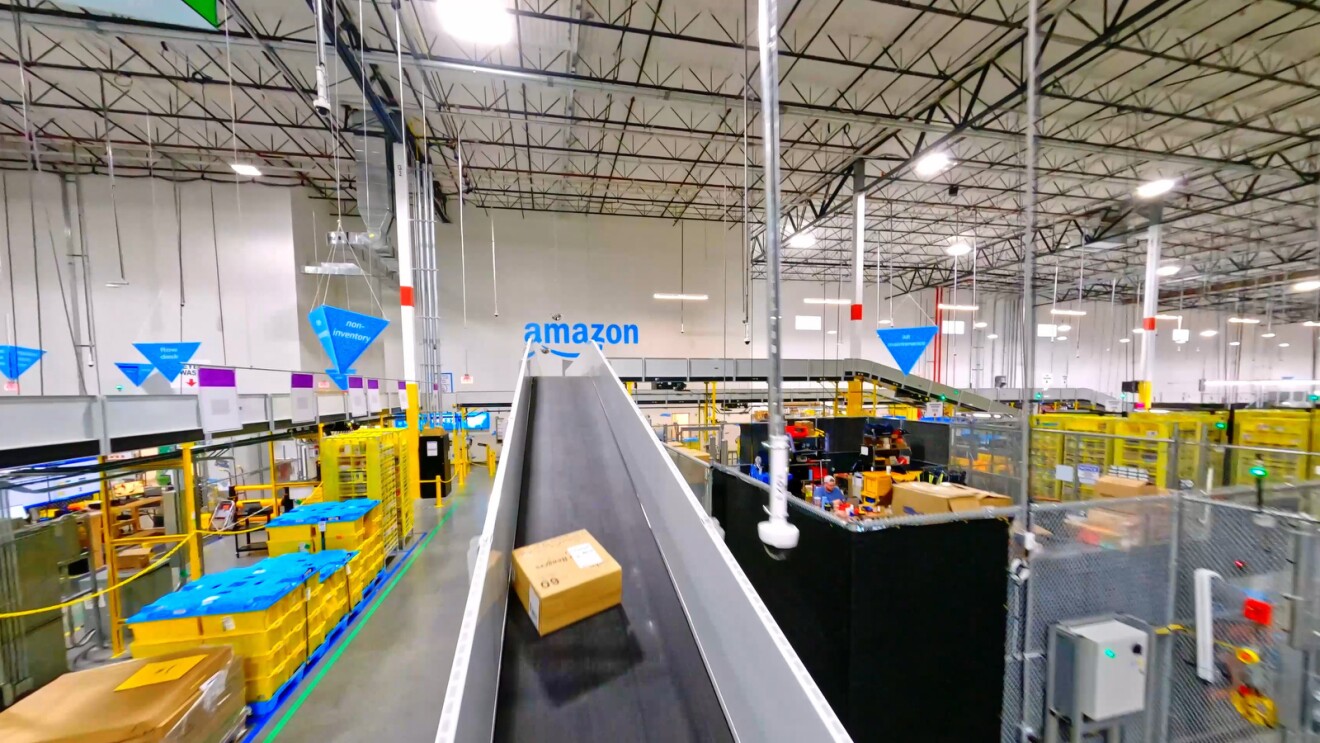
As we make these changes, we are seeing that they have the added benefit of reducing costs, too. Regionalizing our network reduces miles traveled and handoffs. Since the beginning of this year alone, the distance between our sites and the customer decreased by 15%, with 12% fewer touchpoints within our middle mile network. Improved product placement gets items even closer to customers, making our delivery system more efficient. And our Same-Day Delivery network is not only our fastest way to get products to customers, it is also one of our lowest cost ways. Lowering costs drives a better customer experience, because the lower our cost to serve customers gets, the more products our vendors and selling partners can make available in our store—meaning our selection keeps getting better for customers.
We are delivering faster speeds on a broader selection while also improving the overall safety of our employees. It’s easy to assume the faster we deliver, the faster employees work—but that couldn’t be further from the truth. The speed improvements we’re making come primarily from placing products closer to customers. The people picking, packing, and driving to your house are doing the exact same thing for orders that arrive the same or next day as orders that used to take two or three days. What’s changed is the product is traveling fewer miles and experiencing fewer handoffs between the time you place an order and the time it gets to your door. The safety and health of our employees continues to be a top priority, and we’re pleased with our progress. From 2019 to 2022, we saw a 23% reduction in our U.S. recordable incident rate and a 69% reduction in our lost time incident rate, measures that help gauge the frequency of serious injuries. We’ve invested over $1 billion in safety initiatives since 2019, and we are committed to investing $550 million this year. Learn more about the significant progress we’ve made and all we do to keep our employees safe.
What was true when Amazon was founded remains true today: Customers want vast selection, low prices, and fast delivery. We’re expanding selection, reducing costs, and delivering faster than ever. And we’re committed to keeping investing and inventing to deliver on those core customer values.
A heartfelt thank you to all the teams across Amazon and our delivery partners for helping us reach this point for our customers. The journey is far from over, and we plan to keep surprising and delighting our customers with even faster speeds going forward, but I’m incredibly proud of what we’ve accomplished so far and appreciate the fantastic work that has gone into making it happen.
Check out this video I shared with Amazon employees, thanking them for their work in hitting this milestone for our customers.
Trending news and stories
- ‘Young Sherlock’ premieres March 4: How to stream the Guy Ritchie series on Prime Video
- Alexa+ can now answer your Ring doorbell and talk to visitors
- ‘Beast Games’ Season 2 is coming to Prime Video—See the new trailer
- How Amazon Pharmacy has helped customers save more than $100 million on prescription medications like GLP-1s and insulin




